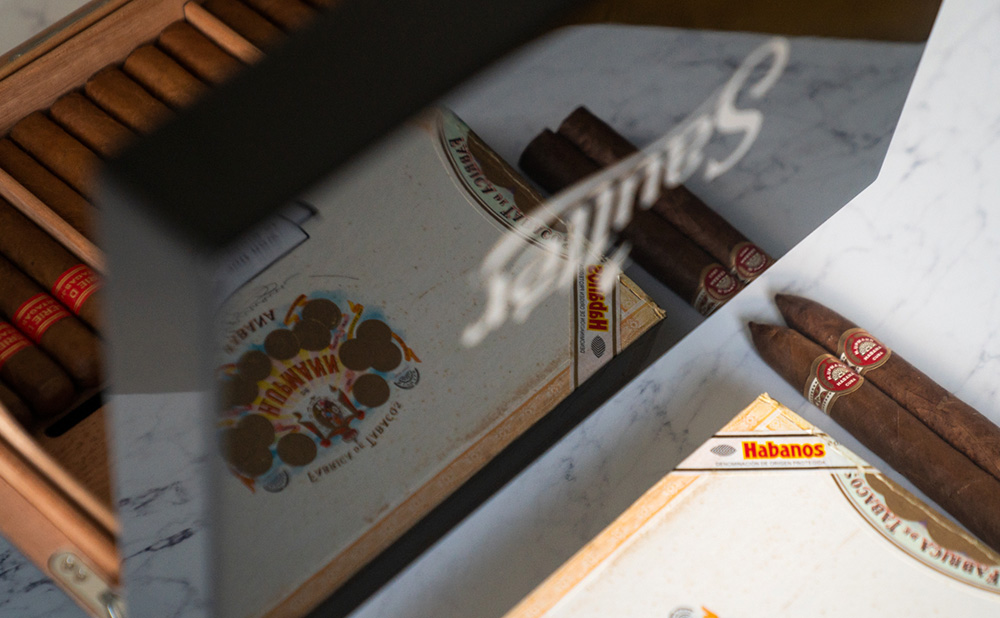
Cigar Travel
AS YOU may know, El Jeffe Laurence Davis has been on his travels and this time, he is venturing deep
Sautter, the world renowned London Cigar store, was founded over 50 years ago in the heart of fashionable Mayfair. It has earned an enviable reputation in the world of cigars for aged and vintage Cuban cigars which makes it a magnet for lovers of exceptional cigars.
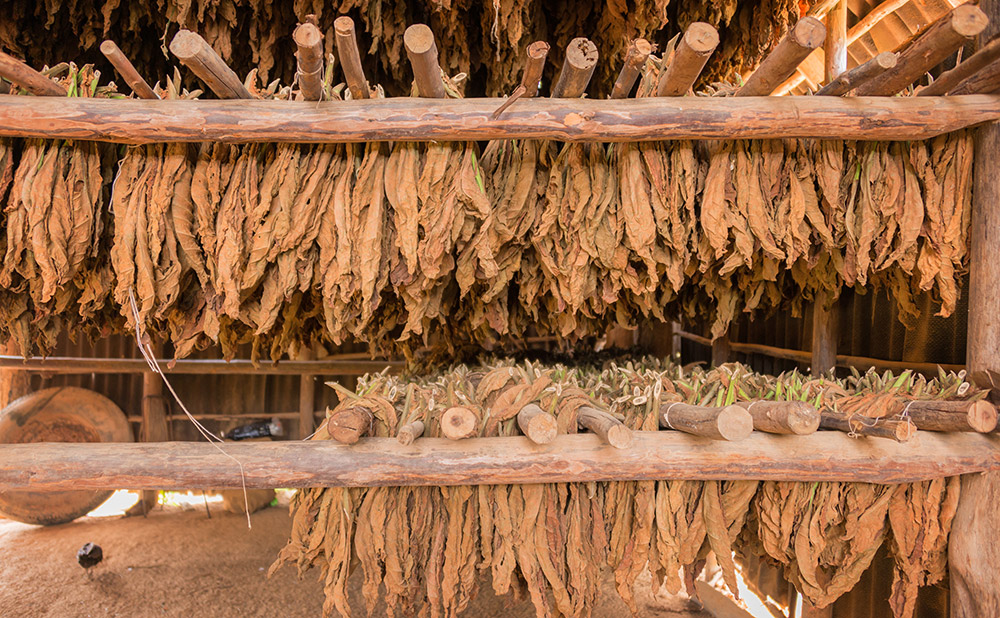
A little cigar knowledge goes a long way – and gives you a greater enjoyment of your smoke.
BY NICK HAMMOND
A WARNING – here cometh the history lesson. Don’t fall asleep or start doodling in your margins, now; you’ll like this one.
Christopher Columbus saw tobacco for the first time in 1492. Taino Indians were rolling and burning it, he later reported, and they called their bundles Cohiba.
I told you you’d like it.
Cuban Black Tobacco is often considered the best in the world. The growing conditions on Cuba – especially in the hallowed Vuelta Abajo, a prehistoric landscape where giant granite outcrops strewn with crawling Iliana vines rear like passing battleships – is as damned near perfect for cigar tobacco as it’s possible to get.
The soil here is deep red. Rich with minerals and nutrients from aeons of decayed vegetation and historic volcanic eruptions, it grows Nicotiana tobacum at an almost visible rate.
The plant is out in the plantations at six inches high. Less than six weeks later, its stands more than seven feet tall.
Since Columbus first gawped at those Indians who appeared to be setting themselves on fire, tobacco lore has spread around the world. But the heart of cigar tobacco is Cuban.
Did you know that Habanos is a Denominación de Origen Protegida (DOP) – protected denomination of origin reserved only for those brands or Marques whose cigars are grown in a specific area?
The cigars grown in the Vuelta Abajo in the Pinar del Rio region of Western Cuba are the very best the island has to offer and are therefore recorded special status. For centuries, Cubans have learned how to husband this plant, to grow it, protect it, learn from it, read it. Deeply labour intensive, intricate in detail, this is the mystery that shrouds the birth and construction of a Cuban Puro – a cigar made entirely of leaves from one country.
While Cuban seed has found its way around the world to be grown in other soils, Cuba has the one thing the others don’t – its position on this great green planet of ours.
It has just the right climate; just the right cloud cover; an ideal terrain and a terroir that gives the growing plant everything it needs. Its deep, leathery leaves grow fast and full of flavour – the exact levels of minerals in the soil giving rise to the flavours we know and love in our cigars; leather, coffee, vanilla, pepper.
These traditions – often subtle secrets kept within the invisible boundaries of the very fields and farms where the tobacco is grown – are the real riches of the Cuban cigar trade.
It is these ways and means of dealing with the plant, how to keep it from blue mould and attacks from beetles and nematode, that are passed down from generation to generations.
You are benefitting from this history each and every time you select a Habanos to light up. Consider it, the lore of the ages, as you clip and light your smoke. Let your thoughts wander with the smoke. Taste the terroir.

AS YOU may know, El Jeffe Laurence Davis has been on his travels and this time, he is venturing deep
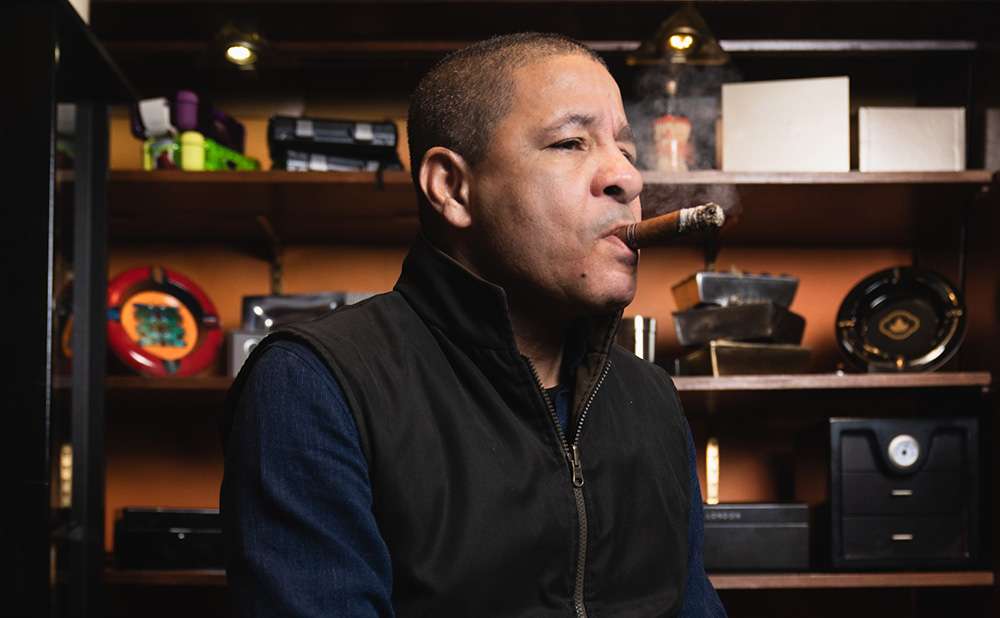
At Sautter Cigars, we have always been proud to serve a discerning community of cigar lovers who appreciate the rich
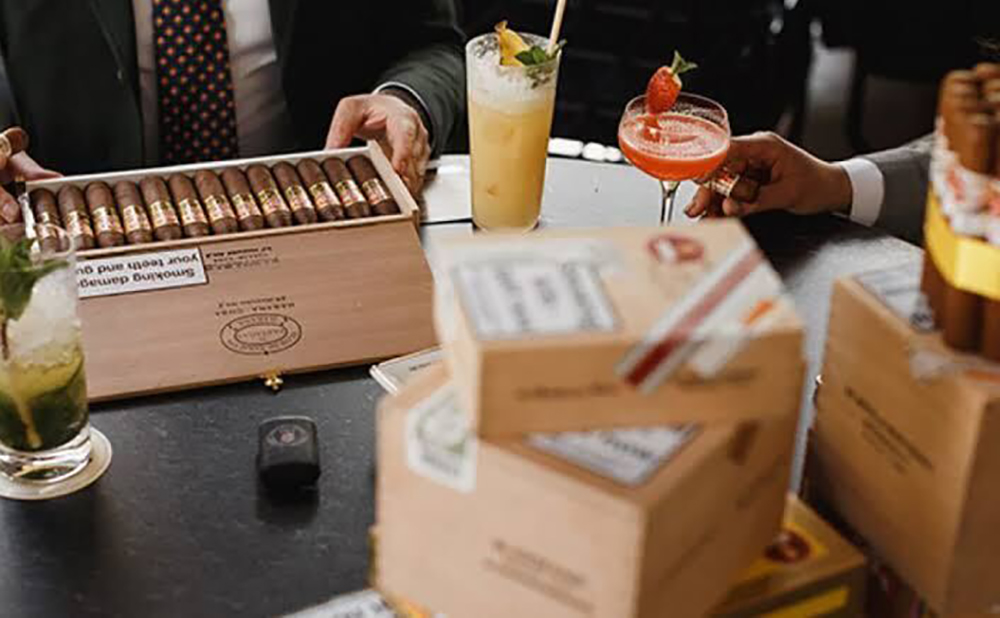
THE days are getting longer! The sun has miraculously appeared, if only for a moment or two through the silken
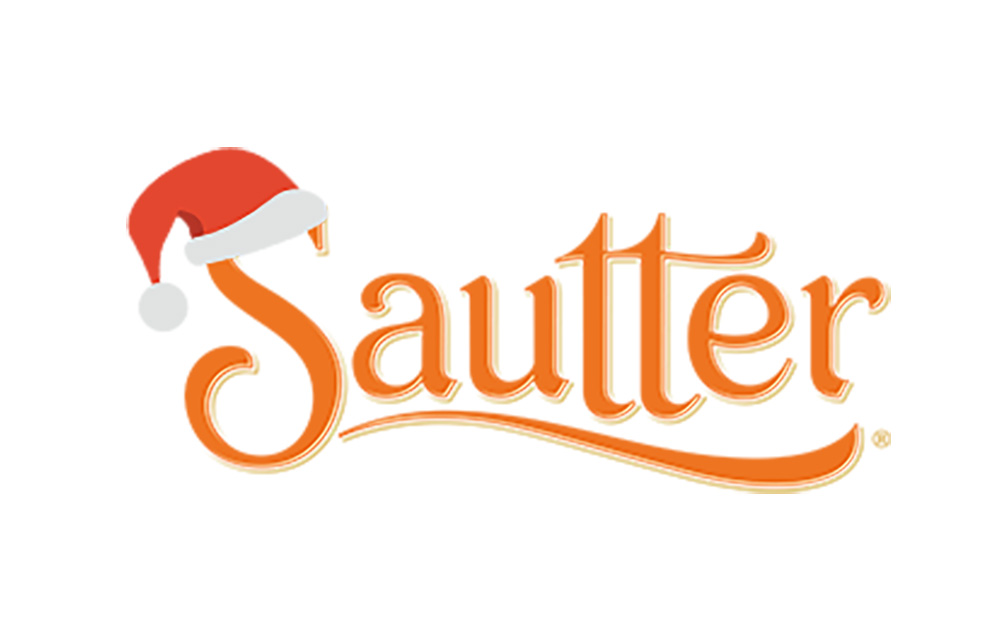
On behalf of the whole Sautter family, we’d like to wish you a very Merry Christmas and a very Happy

THE GOOSE is loosening its belt another notch; we’ve already been subject to incessant festive muzak for weeks on end;
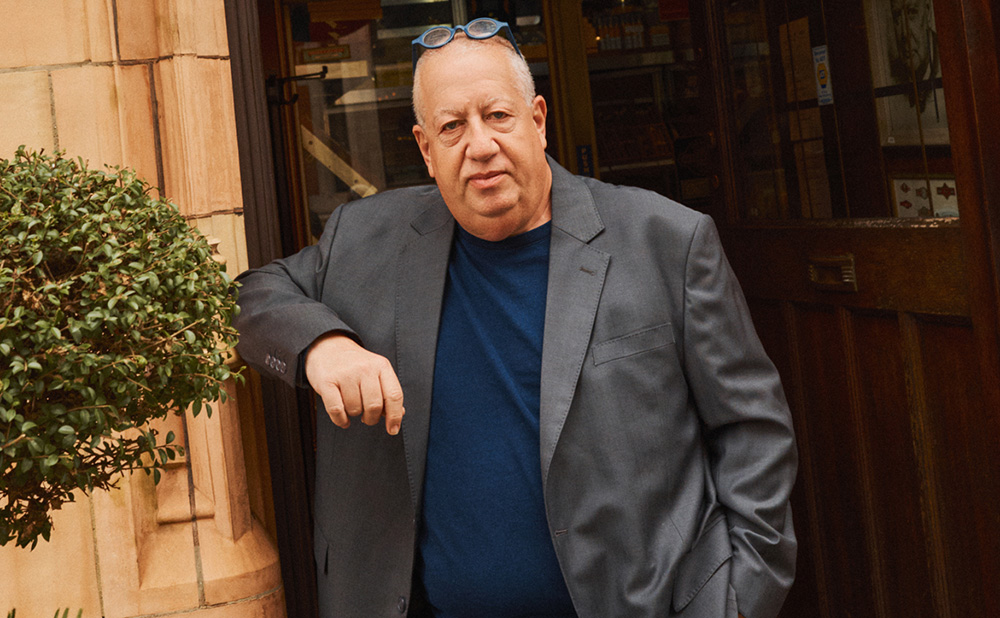
We’re excited to share that Sautter of Mount Street is proudly featured in the latest Mount Street Neighbourhood campaign, “Meet
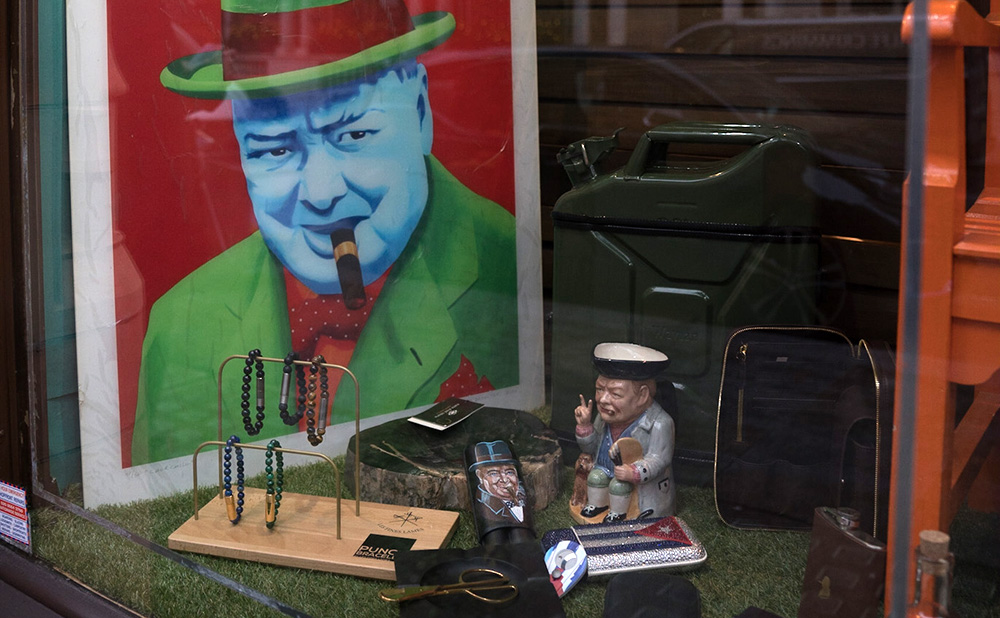
SO – the new Labour Government’s most pressing concern is stopping a chap having a smoke with their pint in
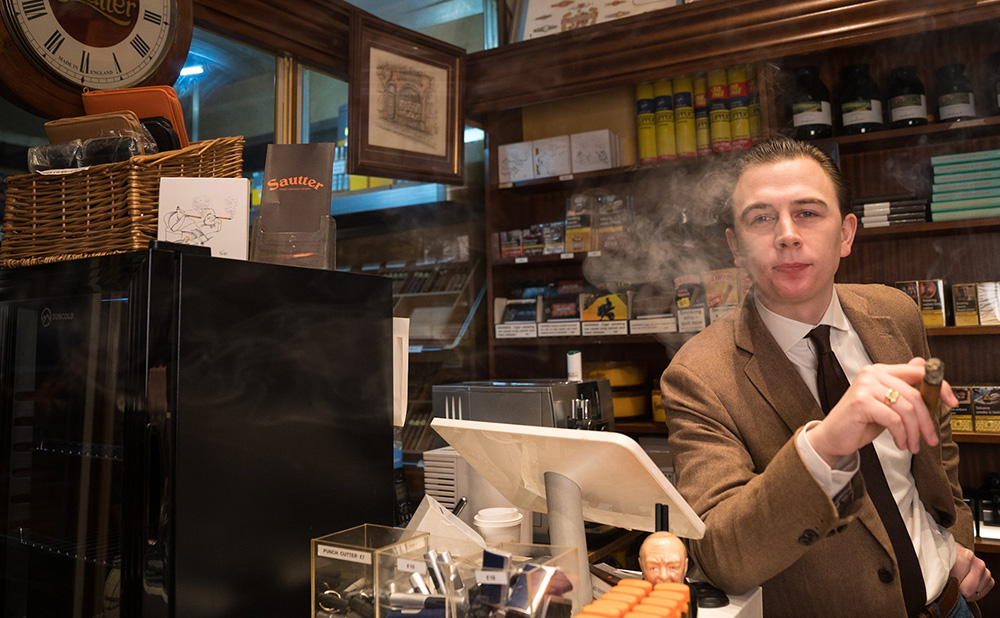
IT’S a very noticeable phenomenon that videos or articles on the basics of cigar smoking ‘outperform’ their ratings rivals about
Sautter, the world renowned London Cigar store, was founded over 50 years ago in the heart of fashionable Mayfair. Sautter has earned an enviable reputation in the world of cigars for aged and vintage Cuban cigars which makes it a magnet for lovers of exceptional cigars.
Knightsbridge Store
8 Raphael Street, London, SW7 1DL, UK
+44 (0)20 7581 5898
Mayfair Store
106 Mount Street, London, W1K 2TW, UK
+44 (0)20 7499 4866
Share your email address with us and stay up-to-date with our events, products & exclusive offers!
©2025 Sautter Cigars. Desmond Sautter Ltd. All rights reserved. | Design & build by aminocreates.
| Cookie | Duration | Description |
|---|---|---|
| cookielawinfo-checkbox-analytics | 11 months | This cookie is set by GDPR Cookie Consent plugin. The cookie is used to store the user consent for the cookies in the category "Analytics". |
| cookielawinfo-checkbox-functional | 11 months | The cookie is set by GDPR cookie consent to record the user consent for the cookies in the category "Functional". |
| cookielawinfo-checkbox-necessary | 11 months | This cookie is set by GDPR Cookie Consent plugin. The cookies is used to store the user consent for the cookies in the category "Necessary". |
| cookielawinfo-checkbox-others | 11 months | This cookie is set by GDPR Cookie Consent plugin. The cookie is used to store the user consent for the cookies in the category "Other. |
| cookielawinfo-checkbox-performance | 11 months | This cookie is set by GDPR Cookie Consent plugin. The cookie is used to store the user consent for the cookies in the category "Performance". |
| viewed_cookie_policy | 11 months | The cookie is set by the GDPR Cookie Consent plugin and is used to store whether or not user has consented to the use of cookies. It does not store any personal data. |